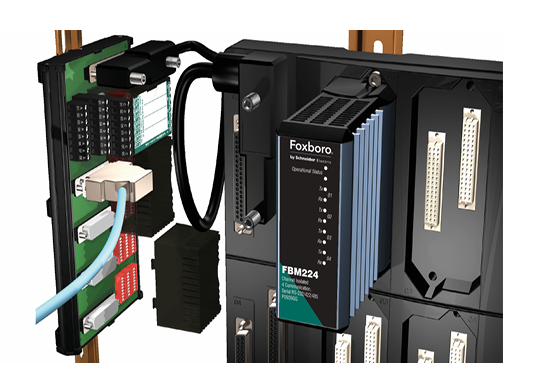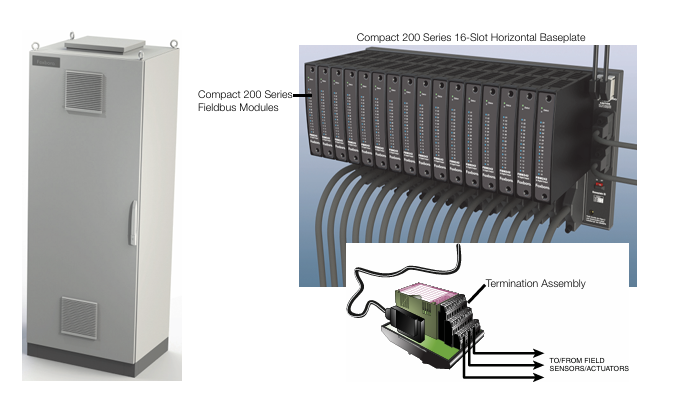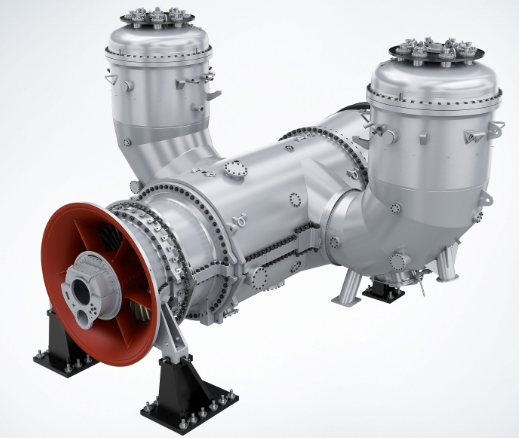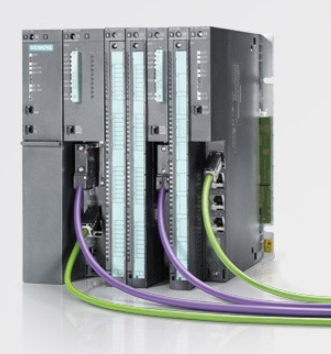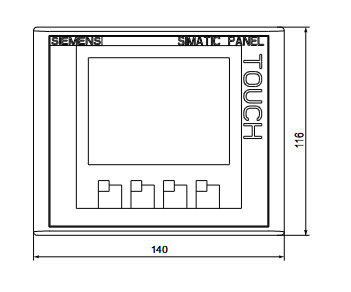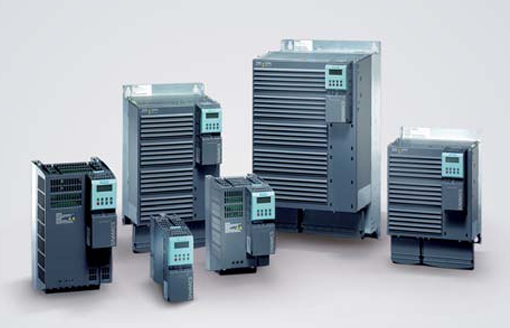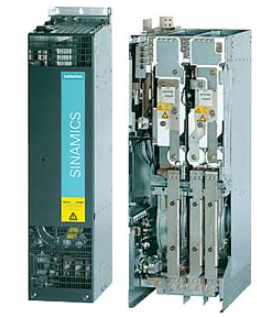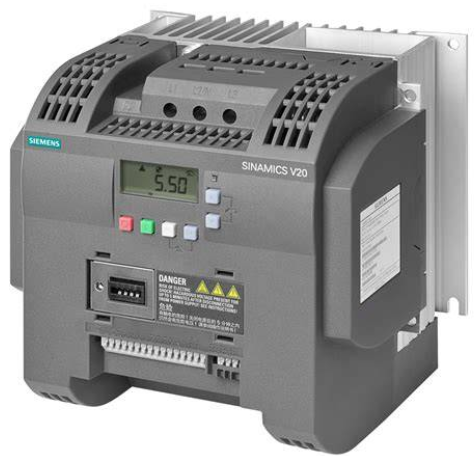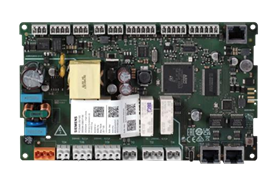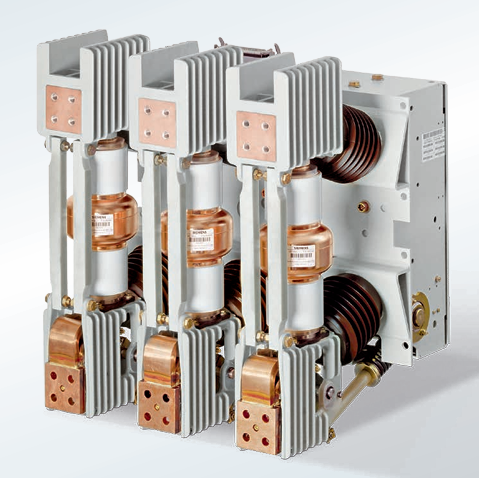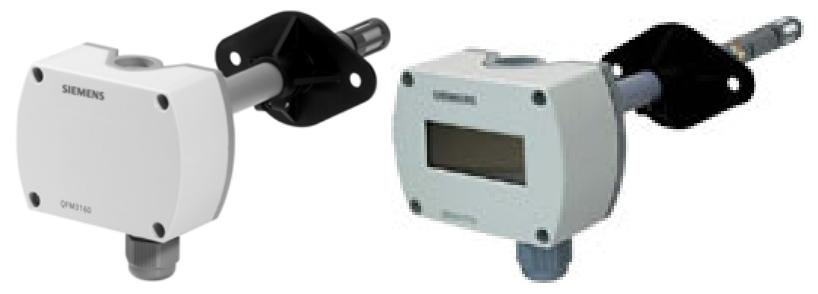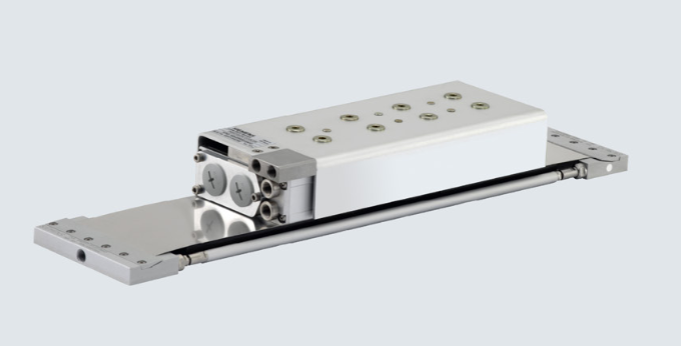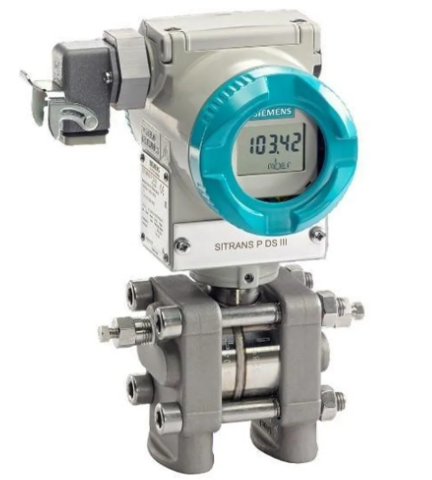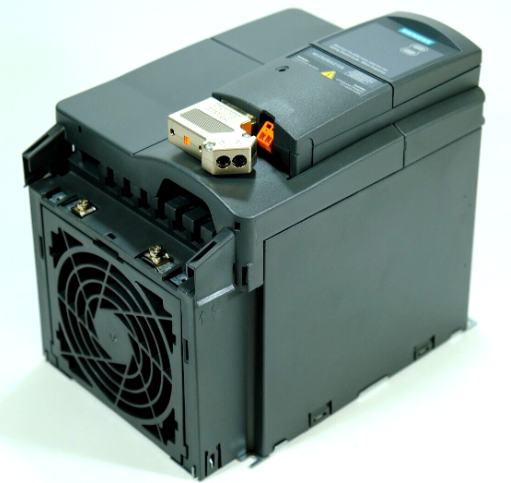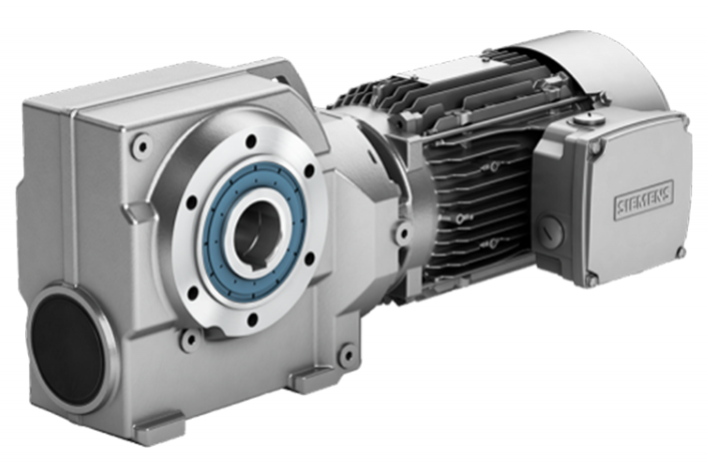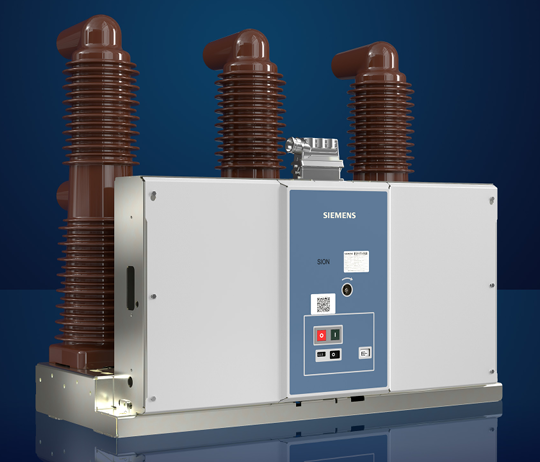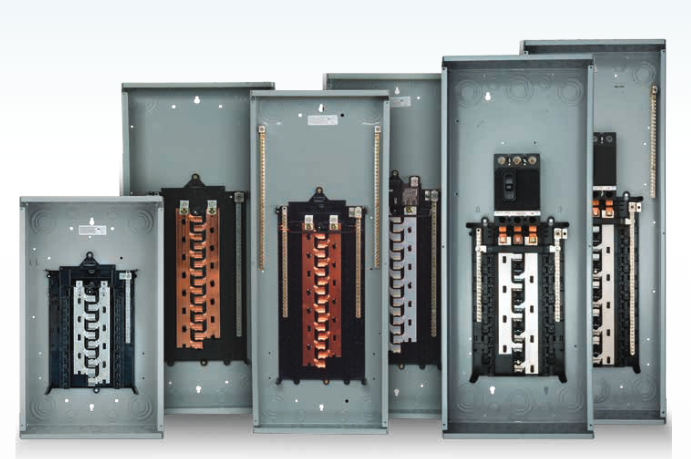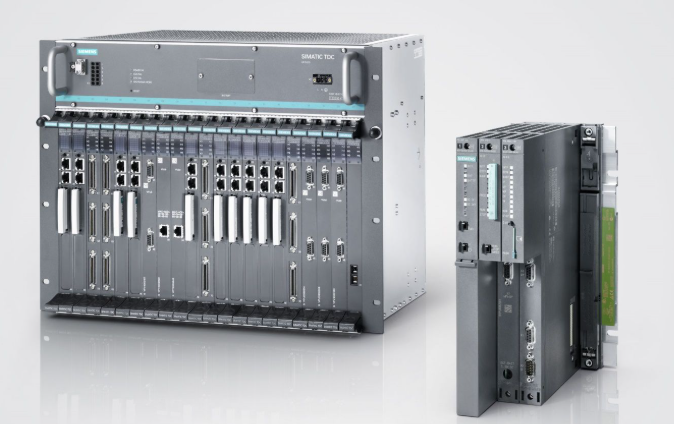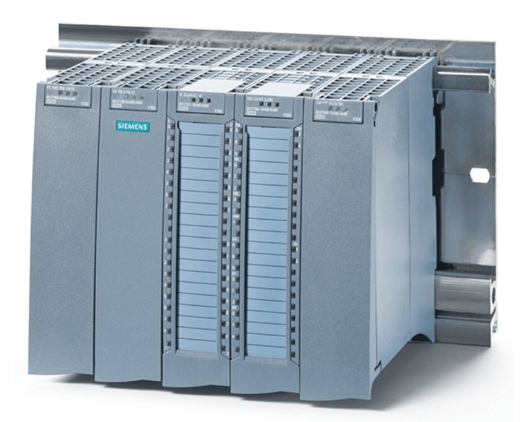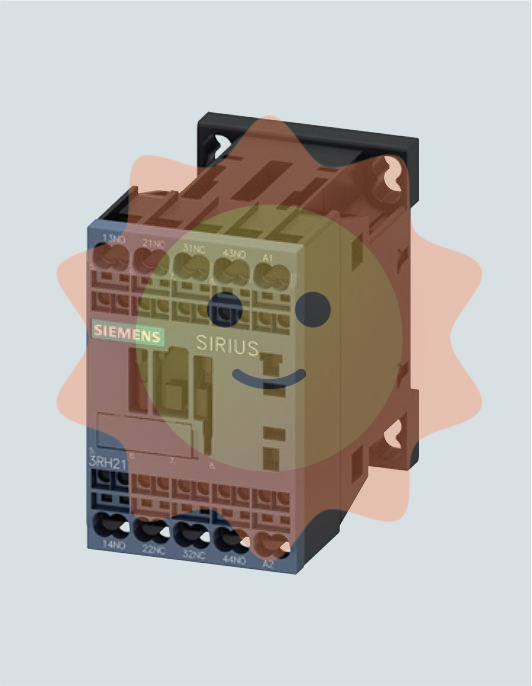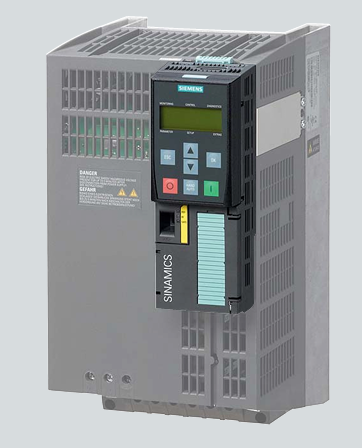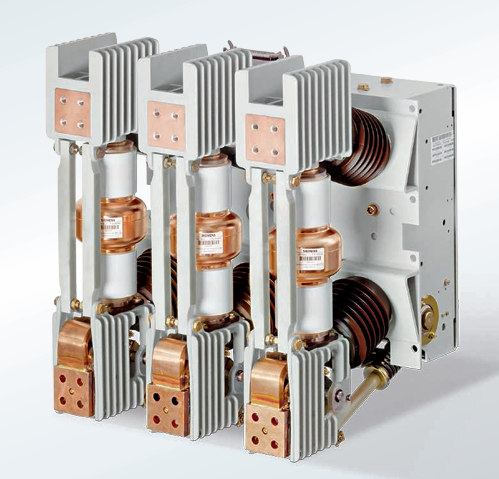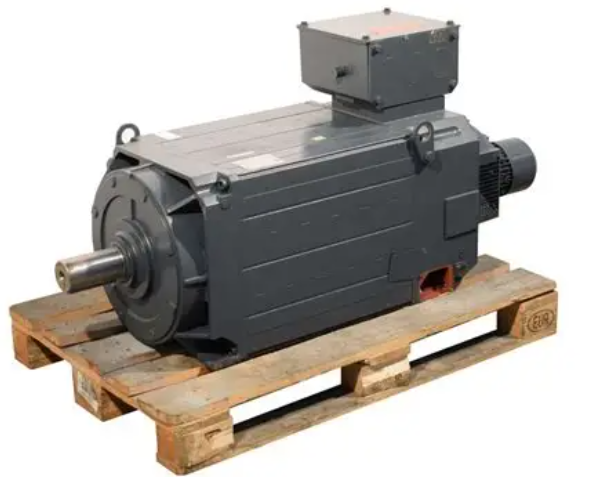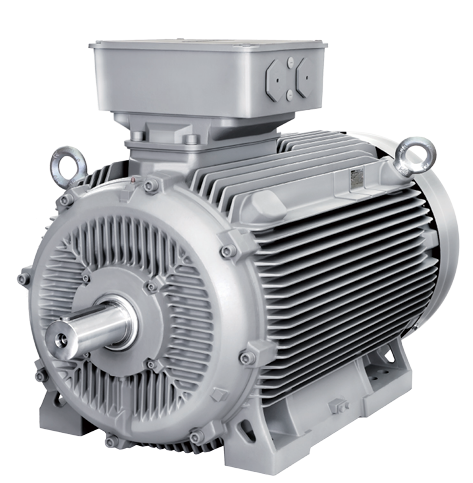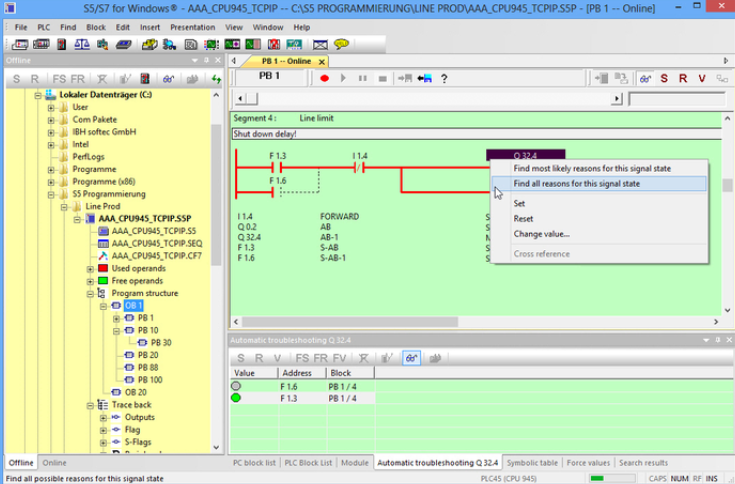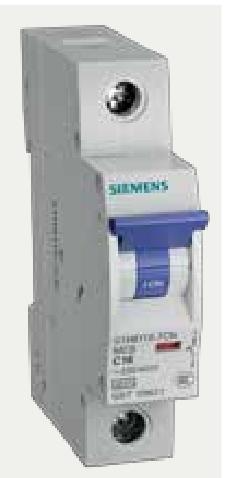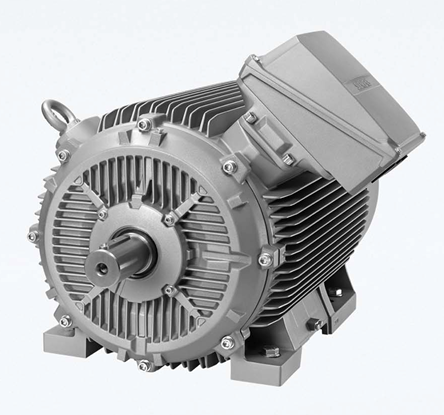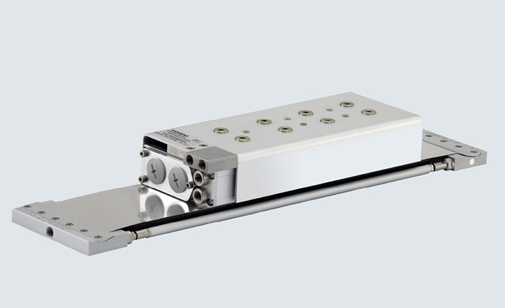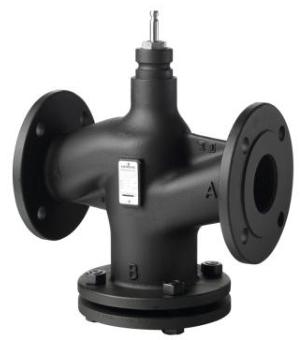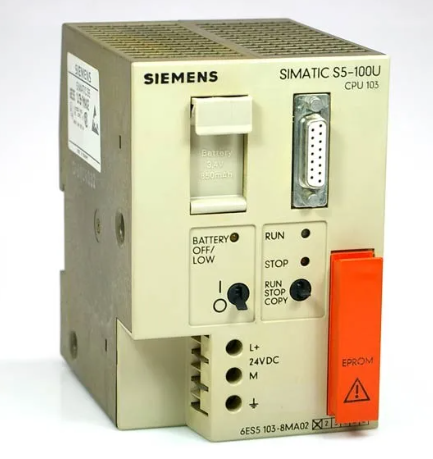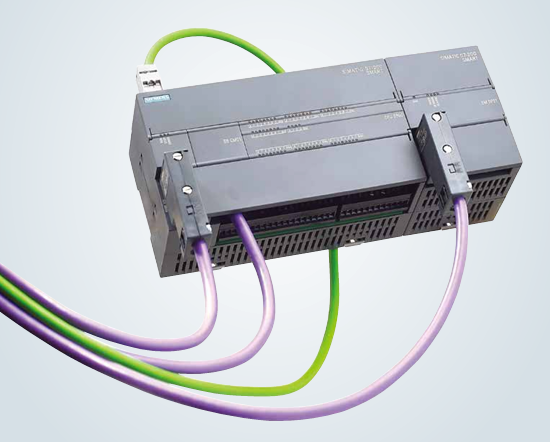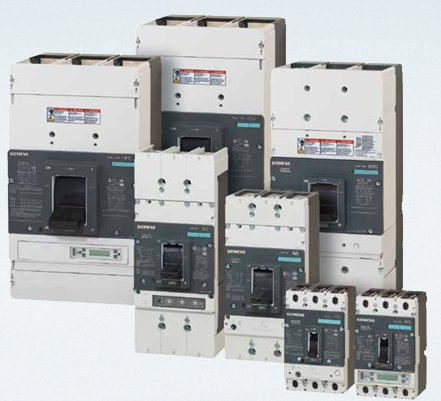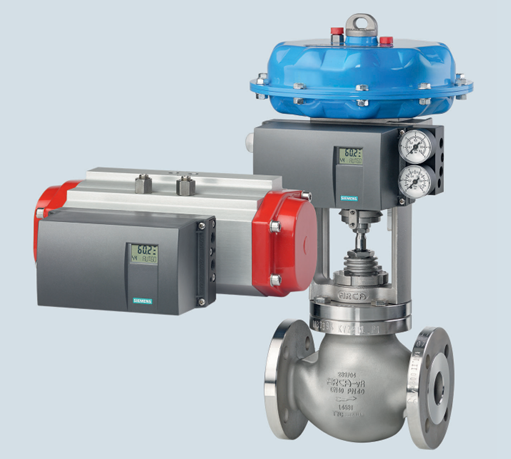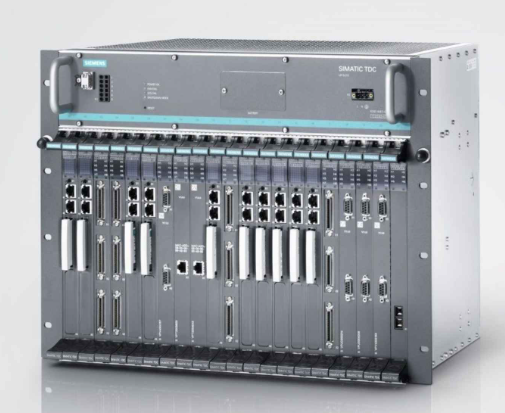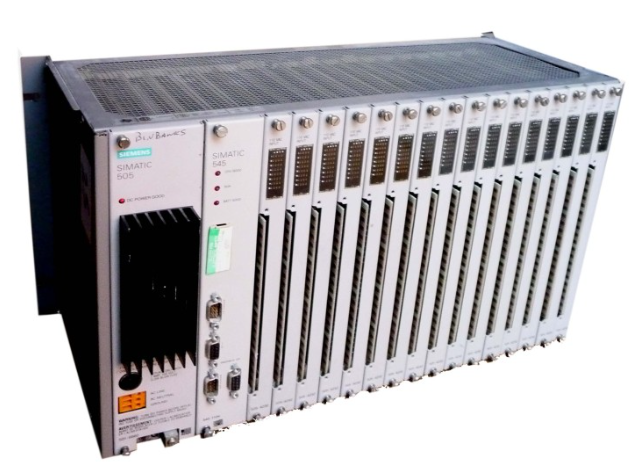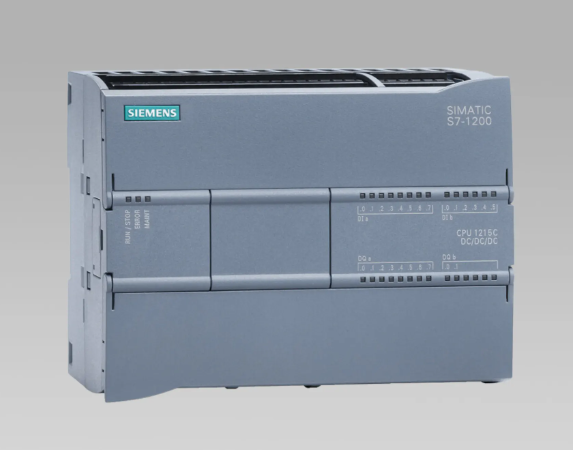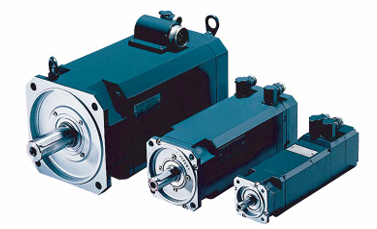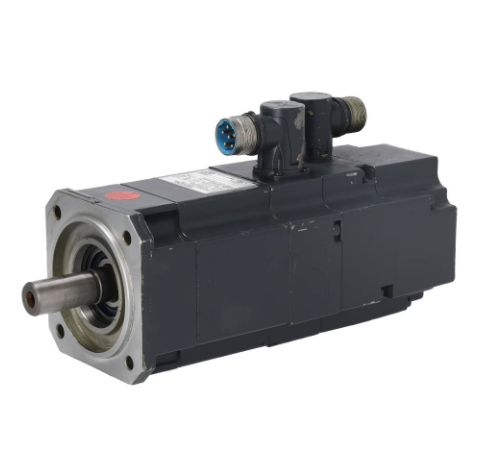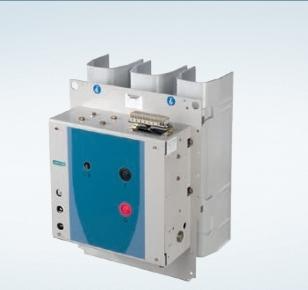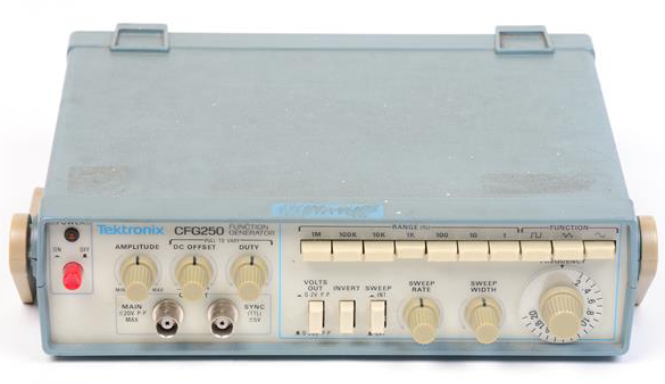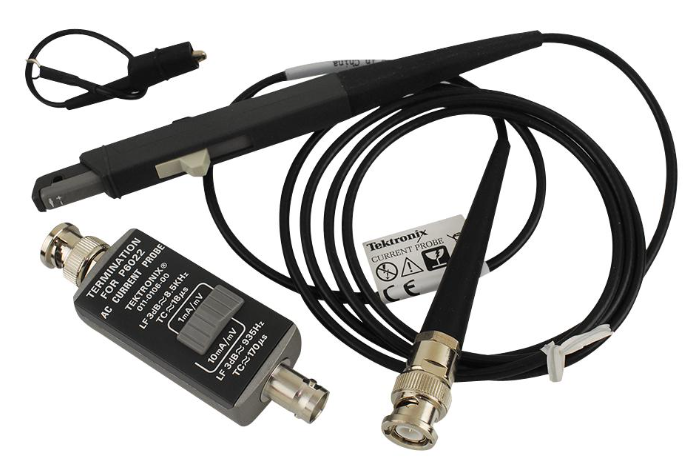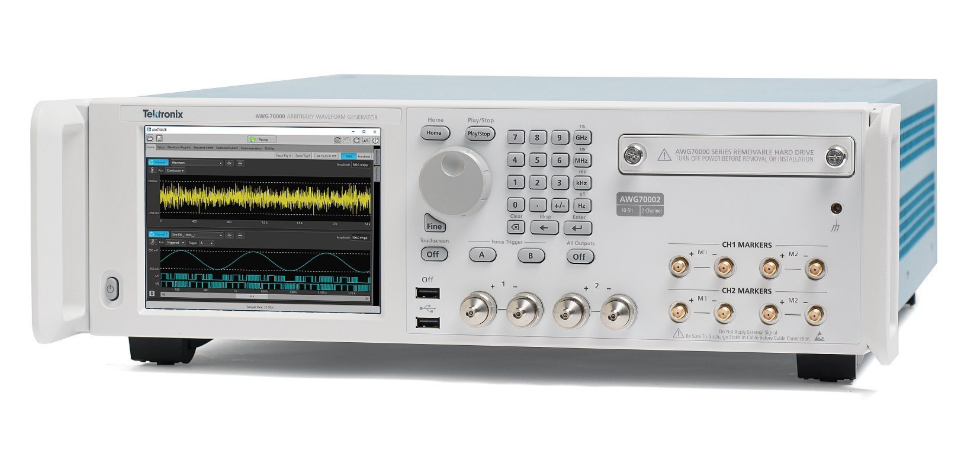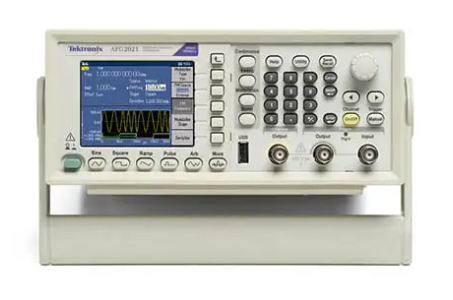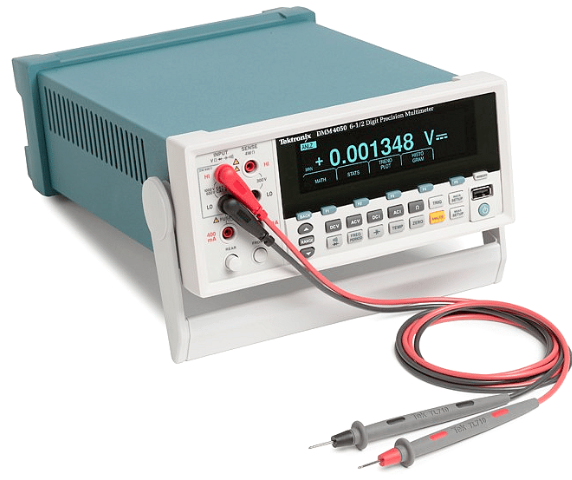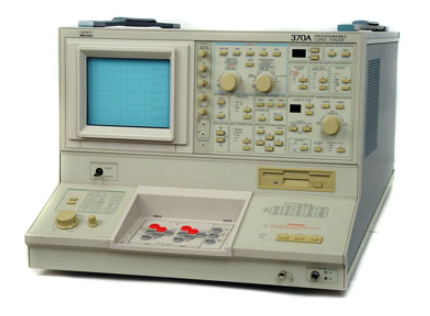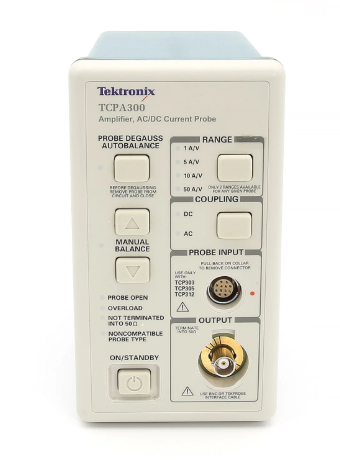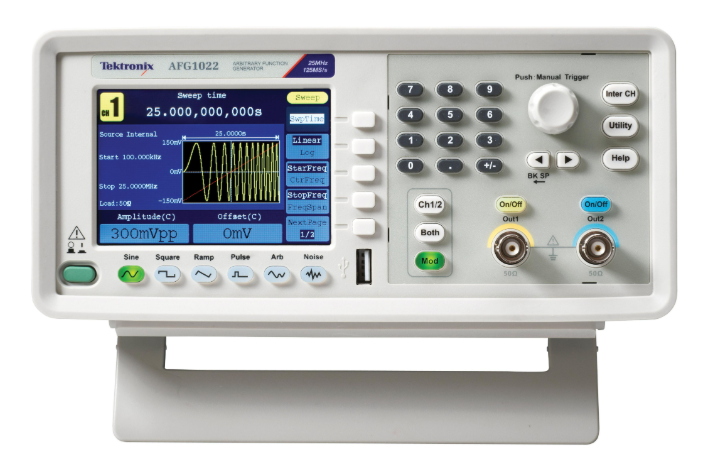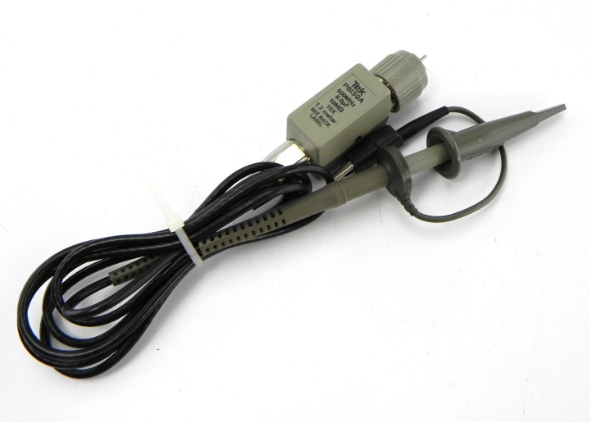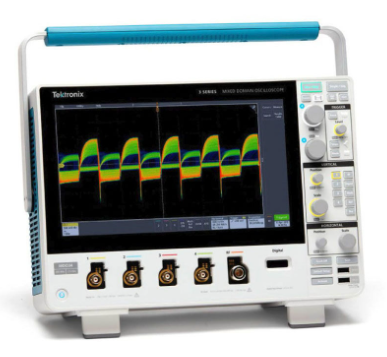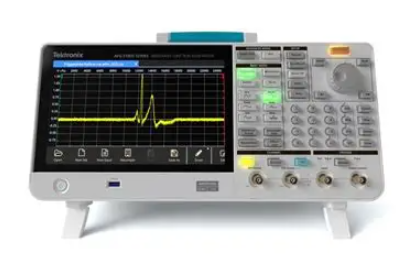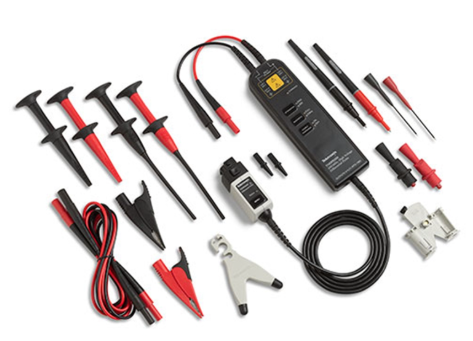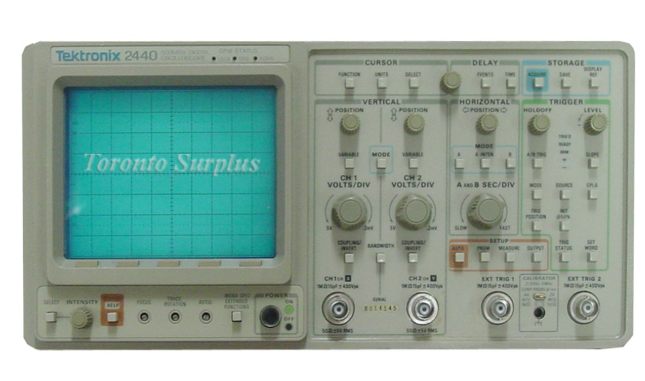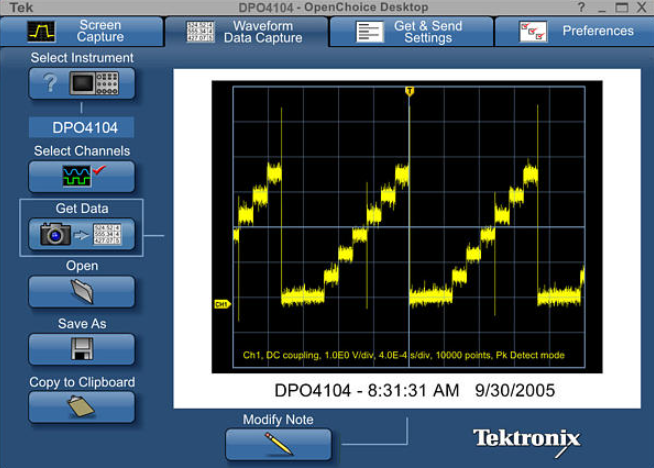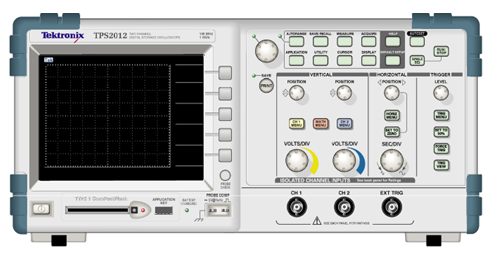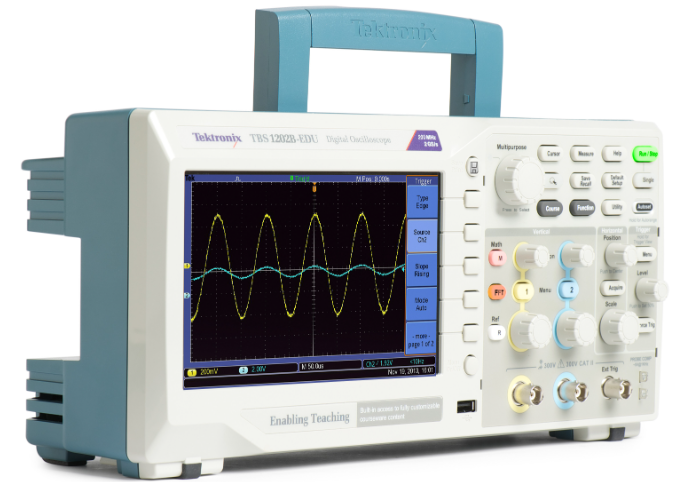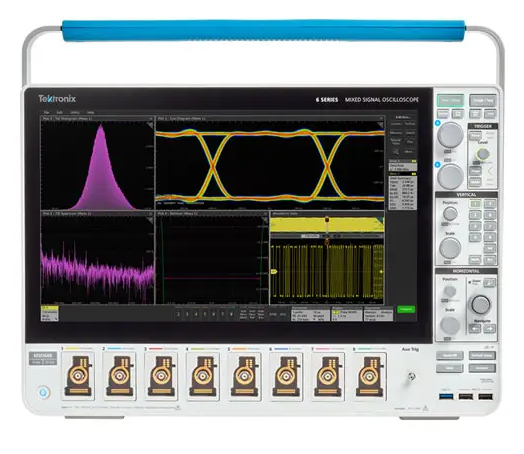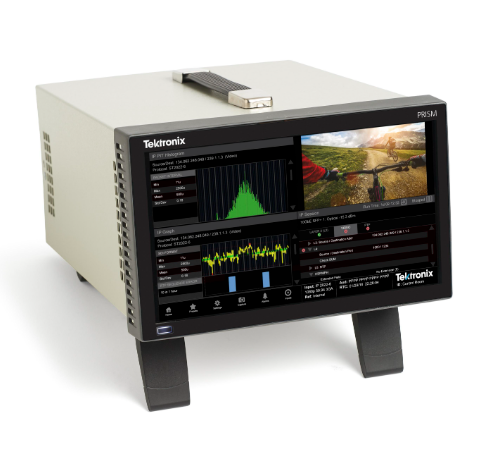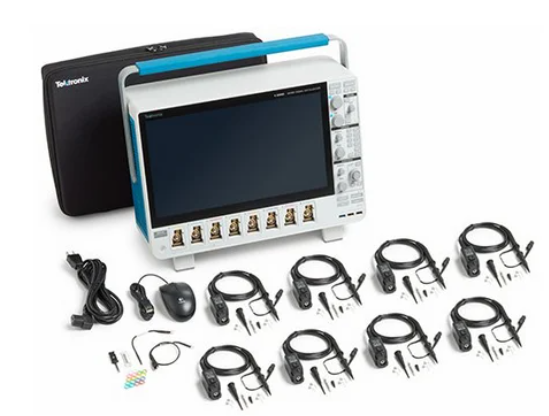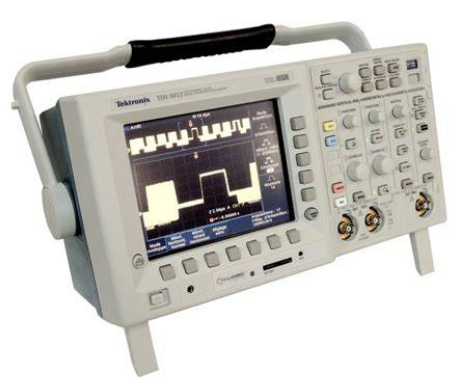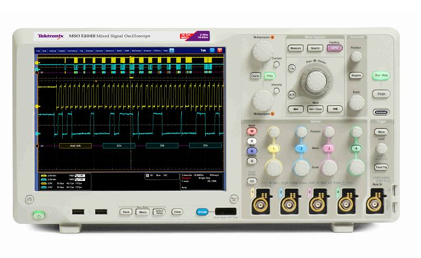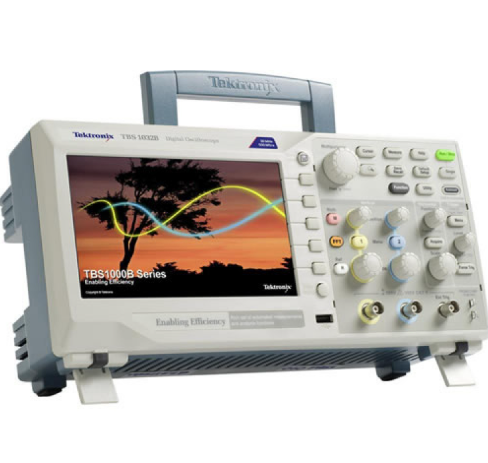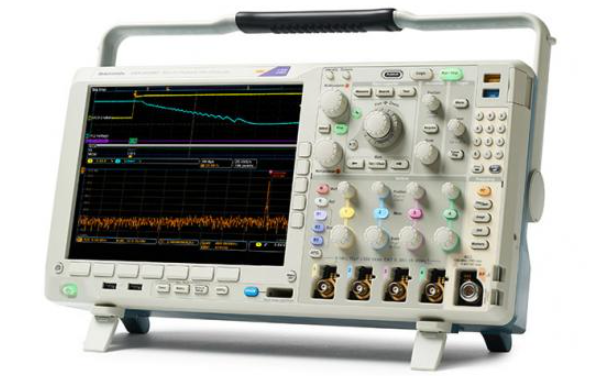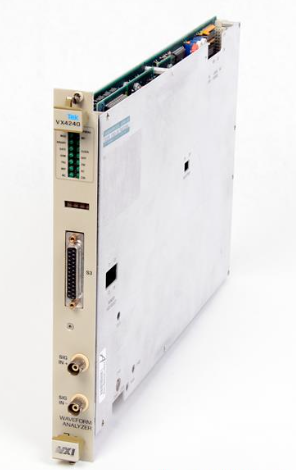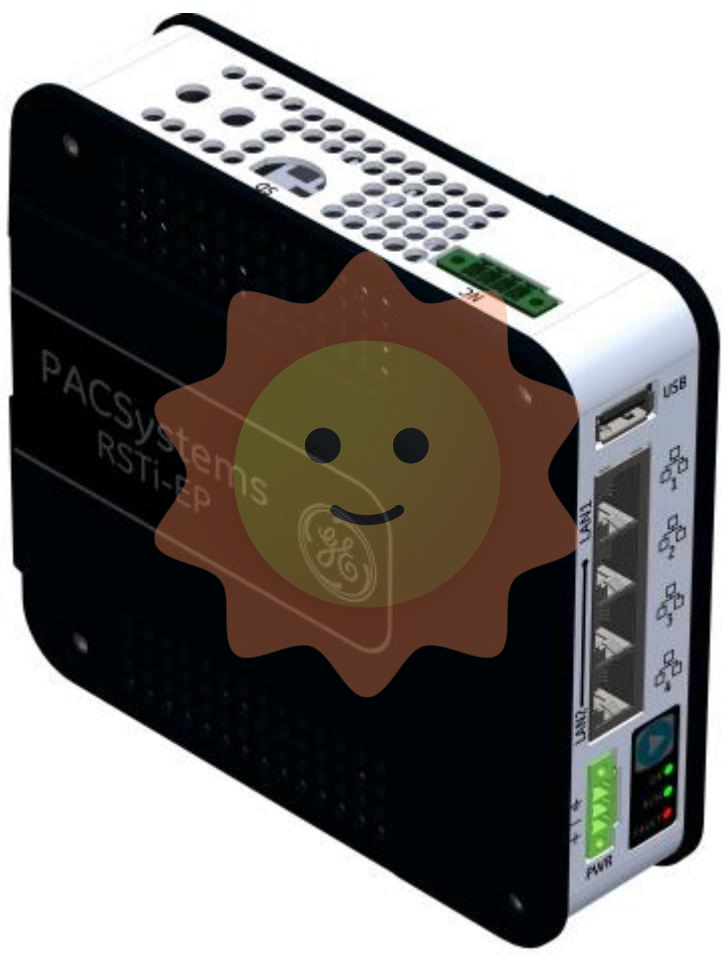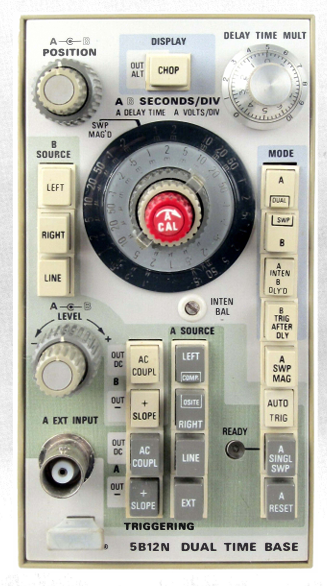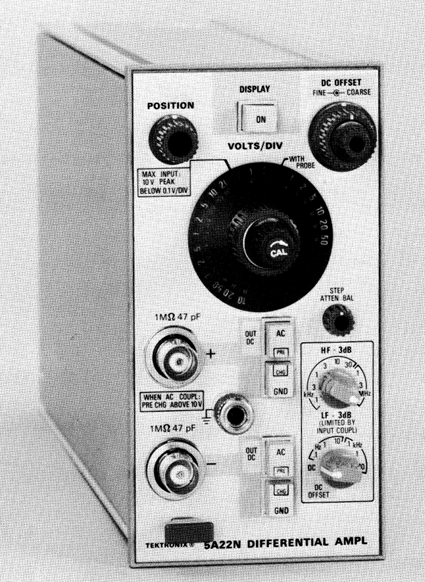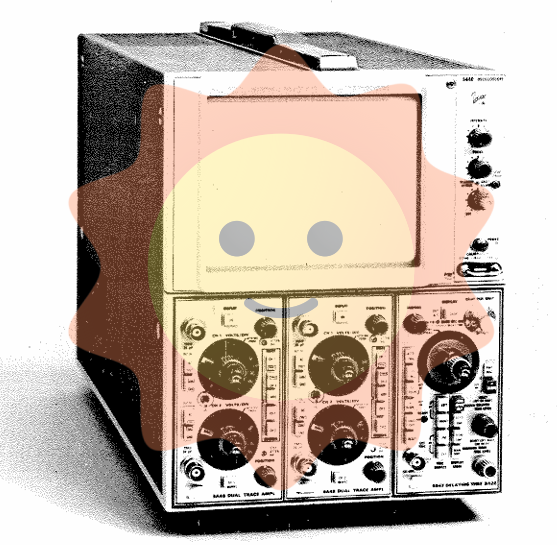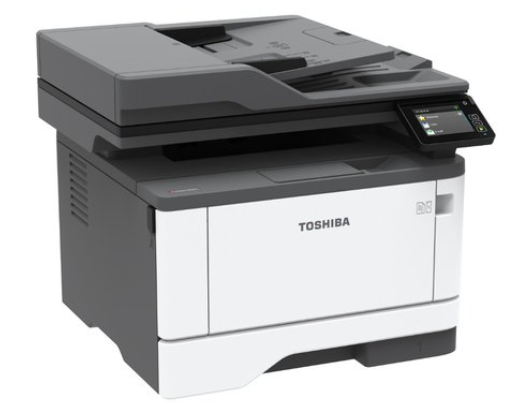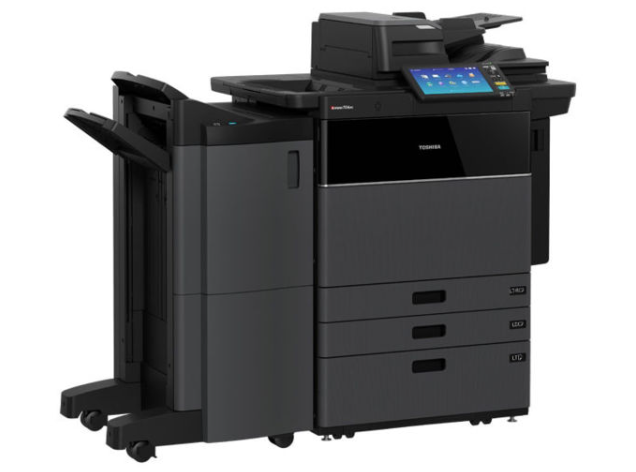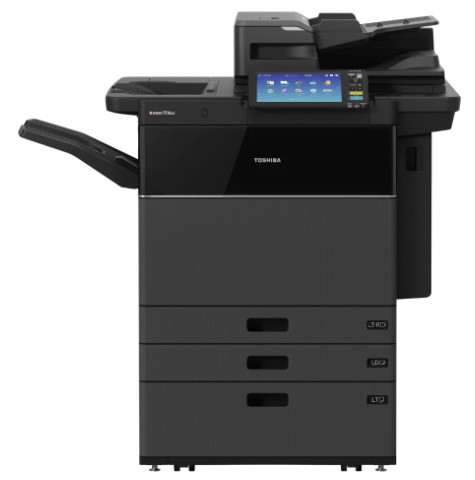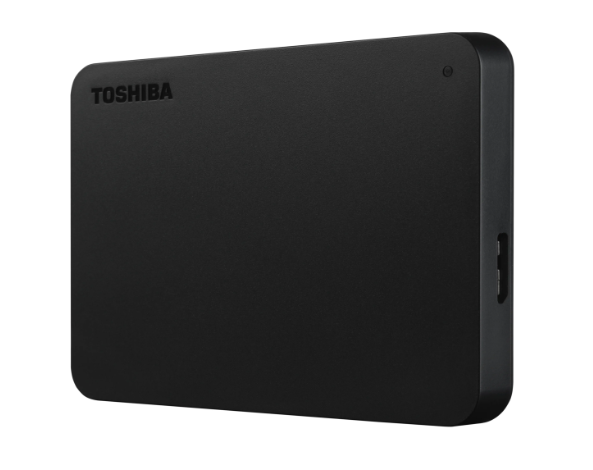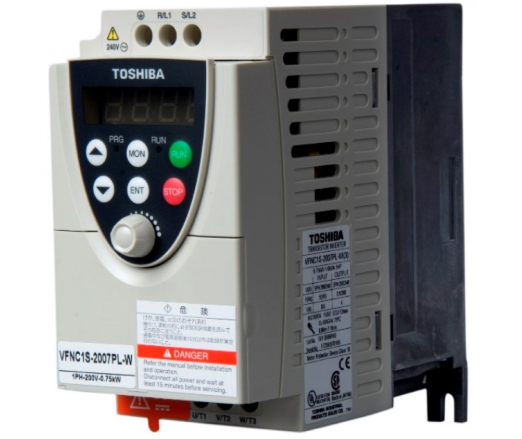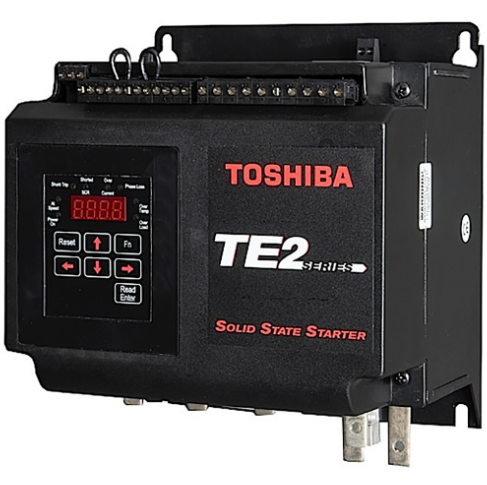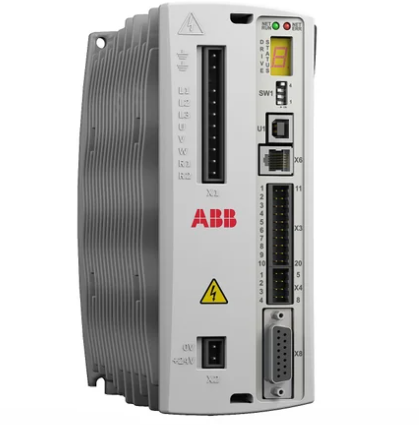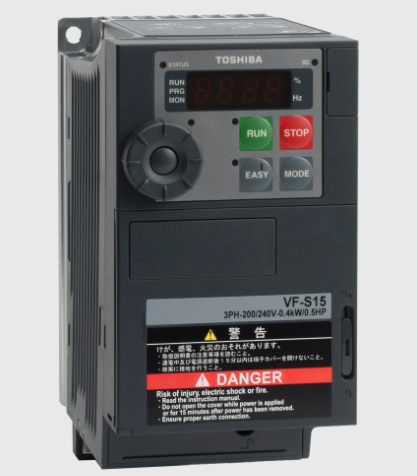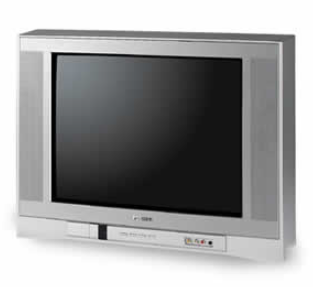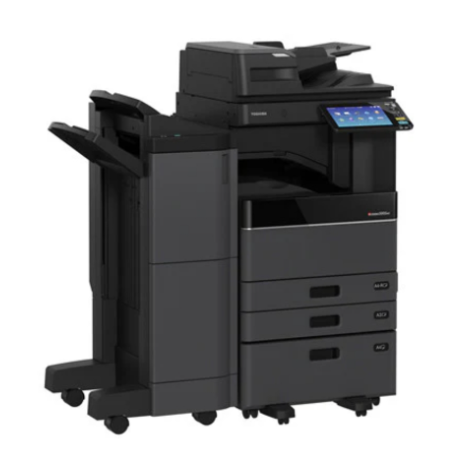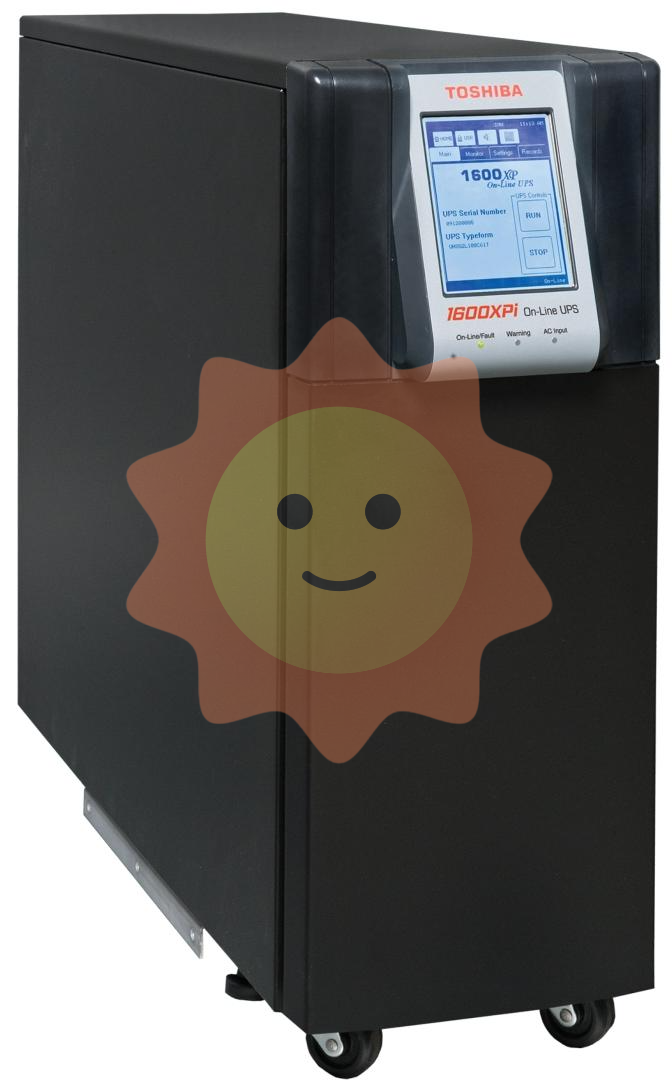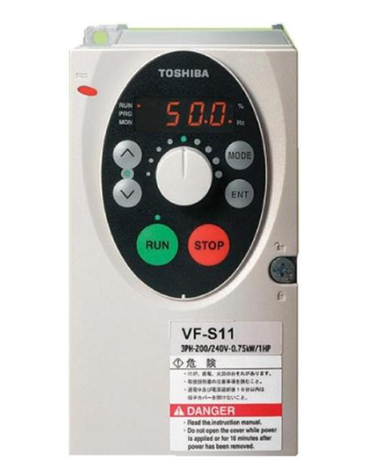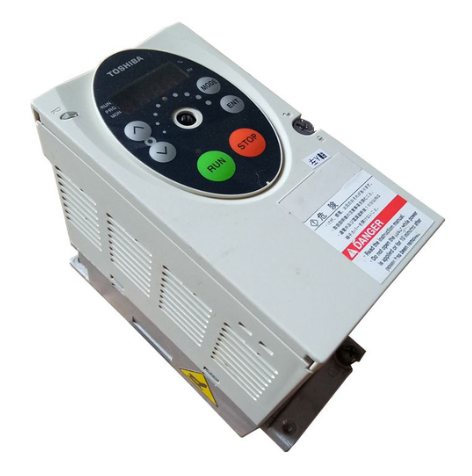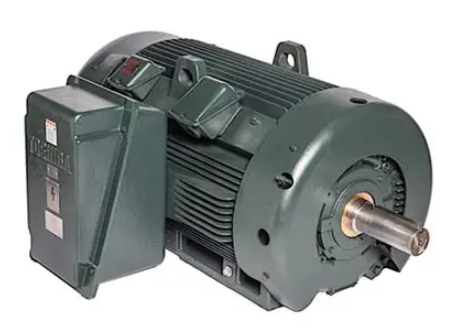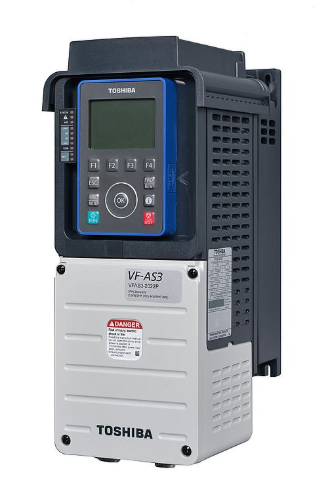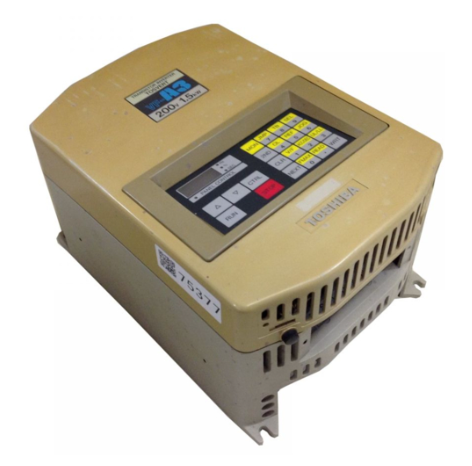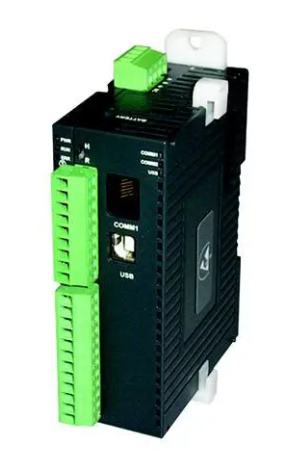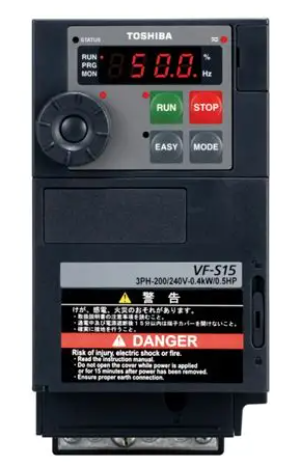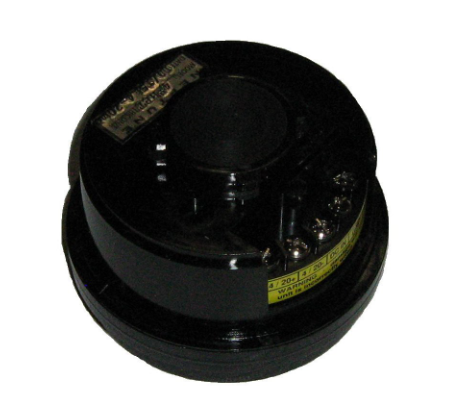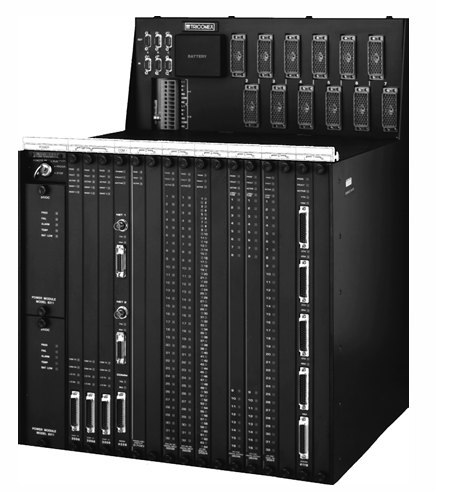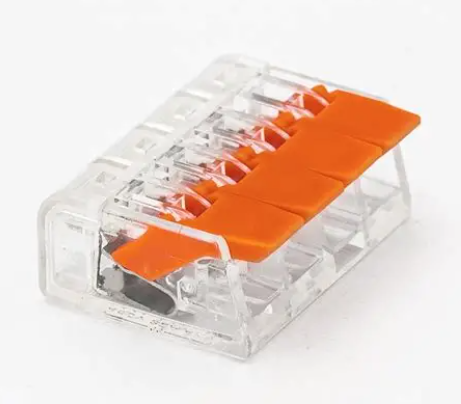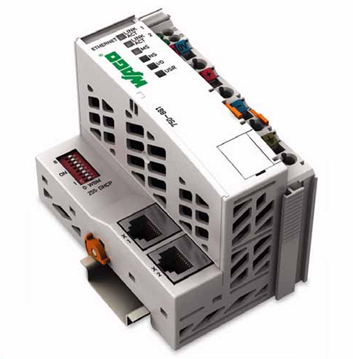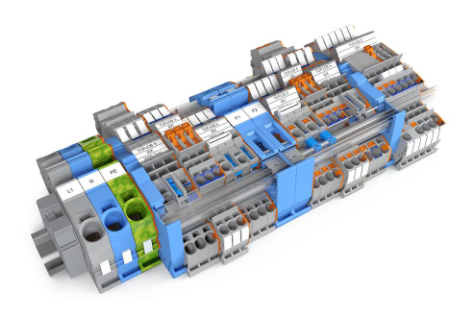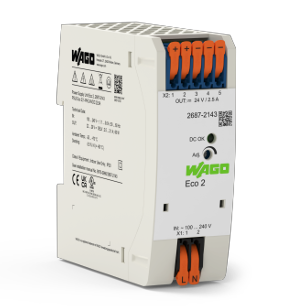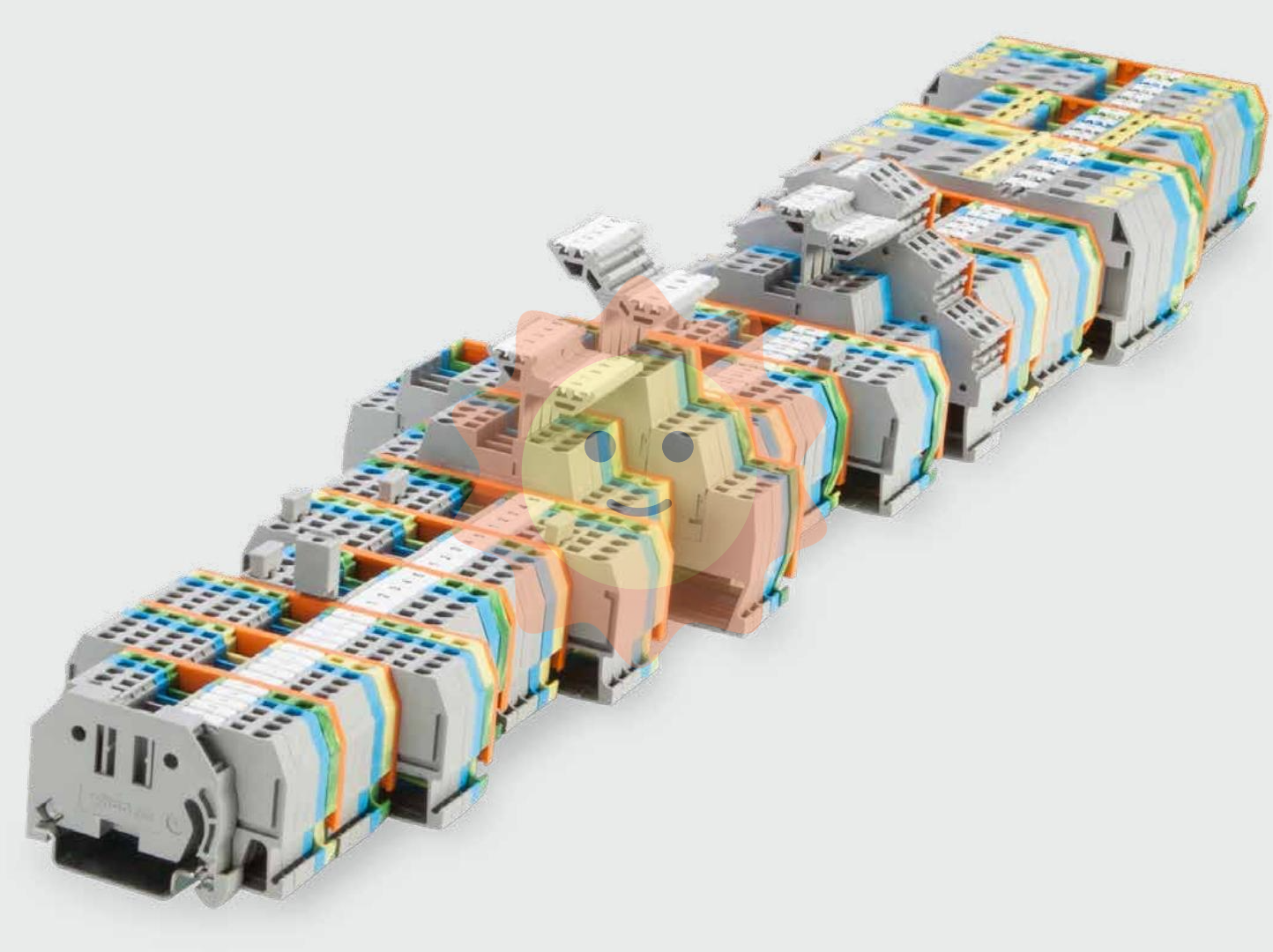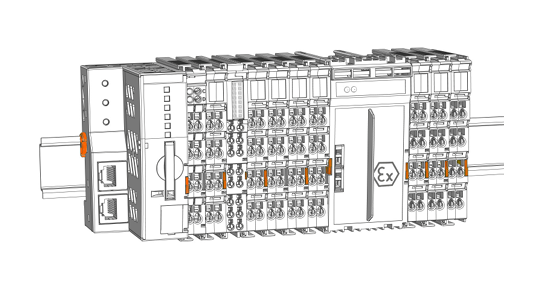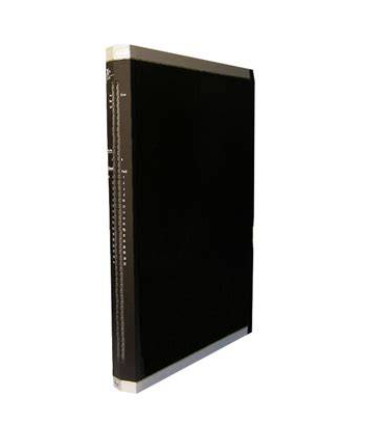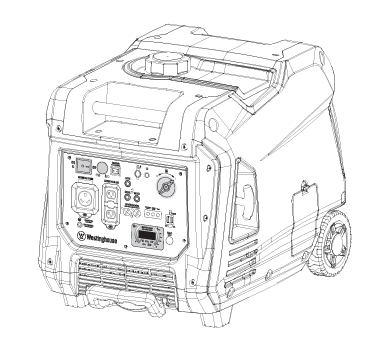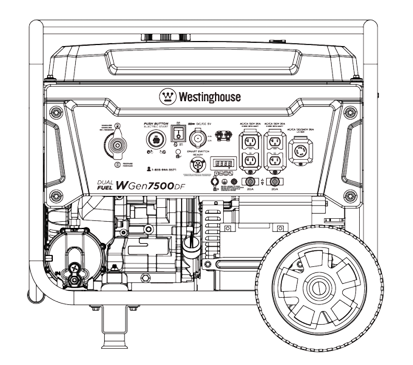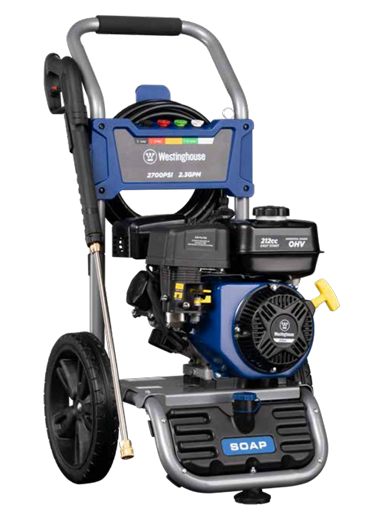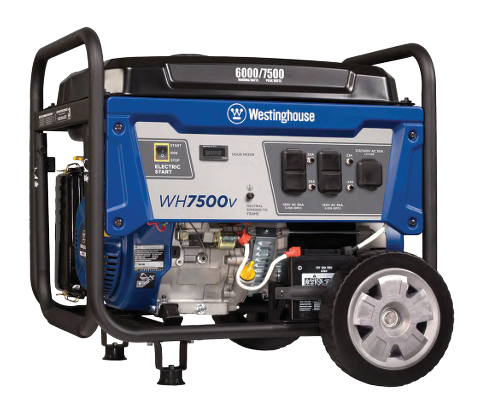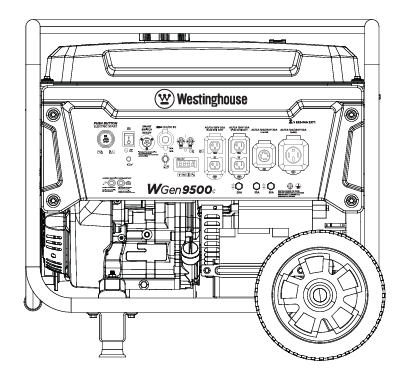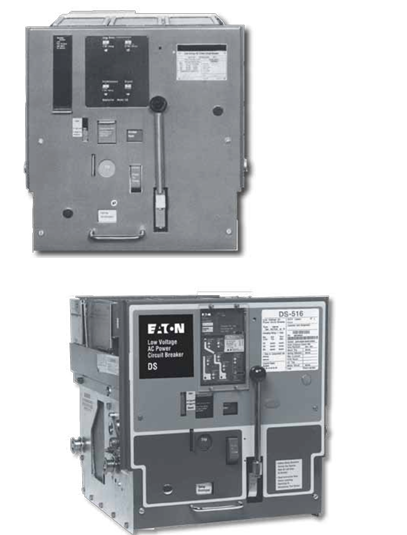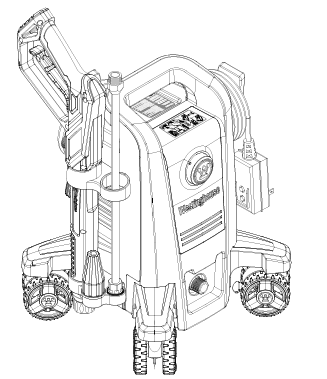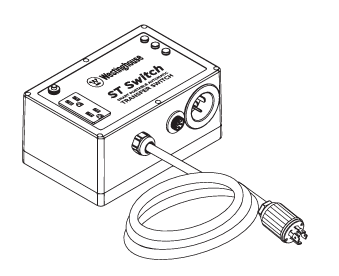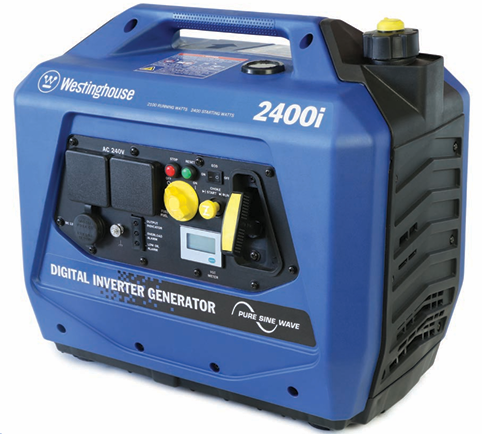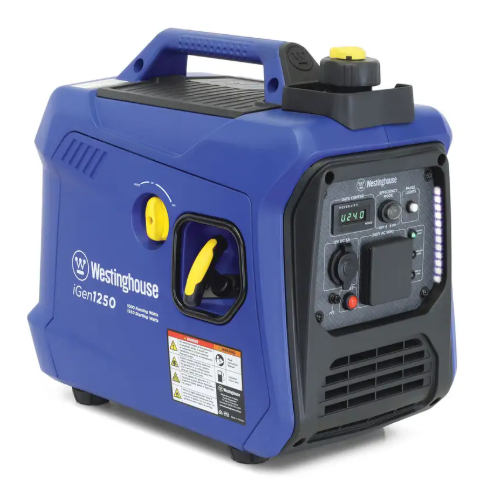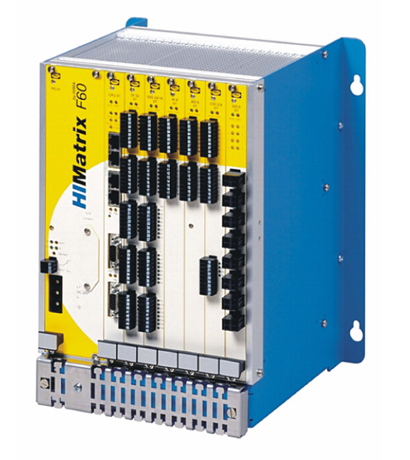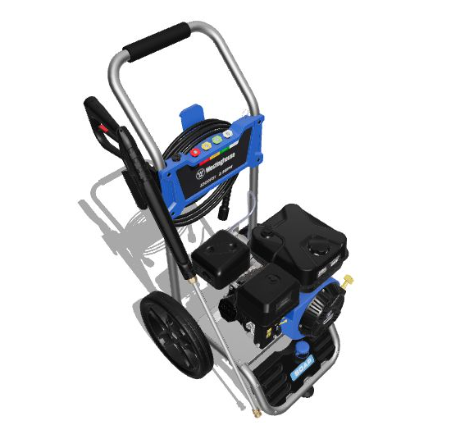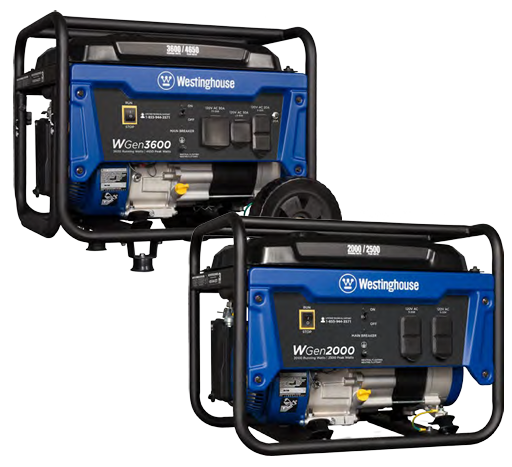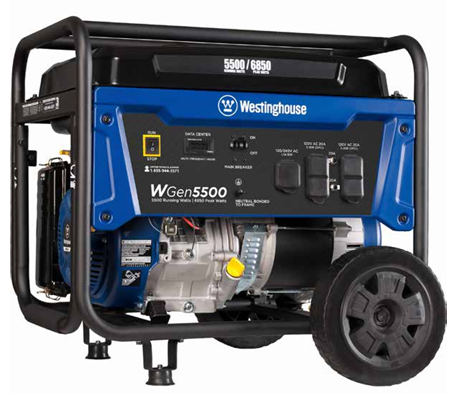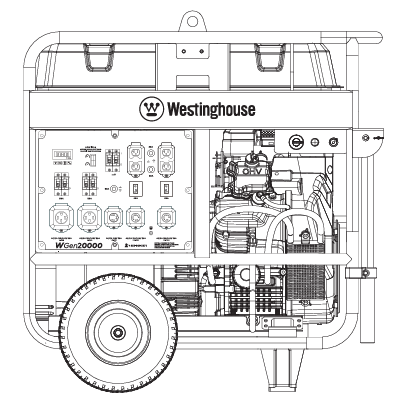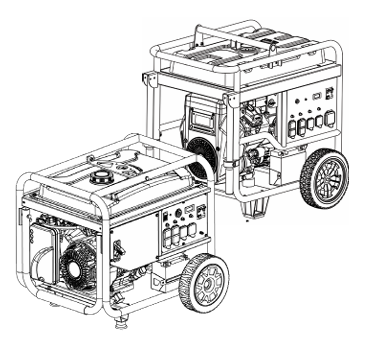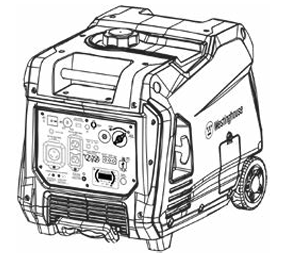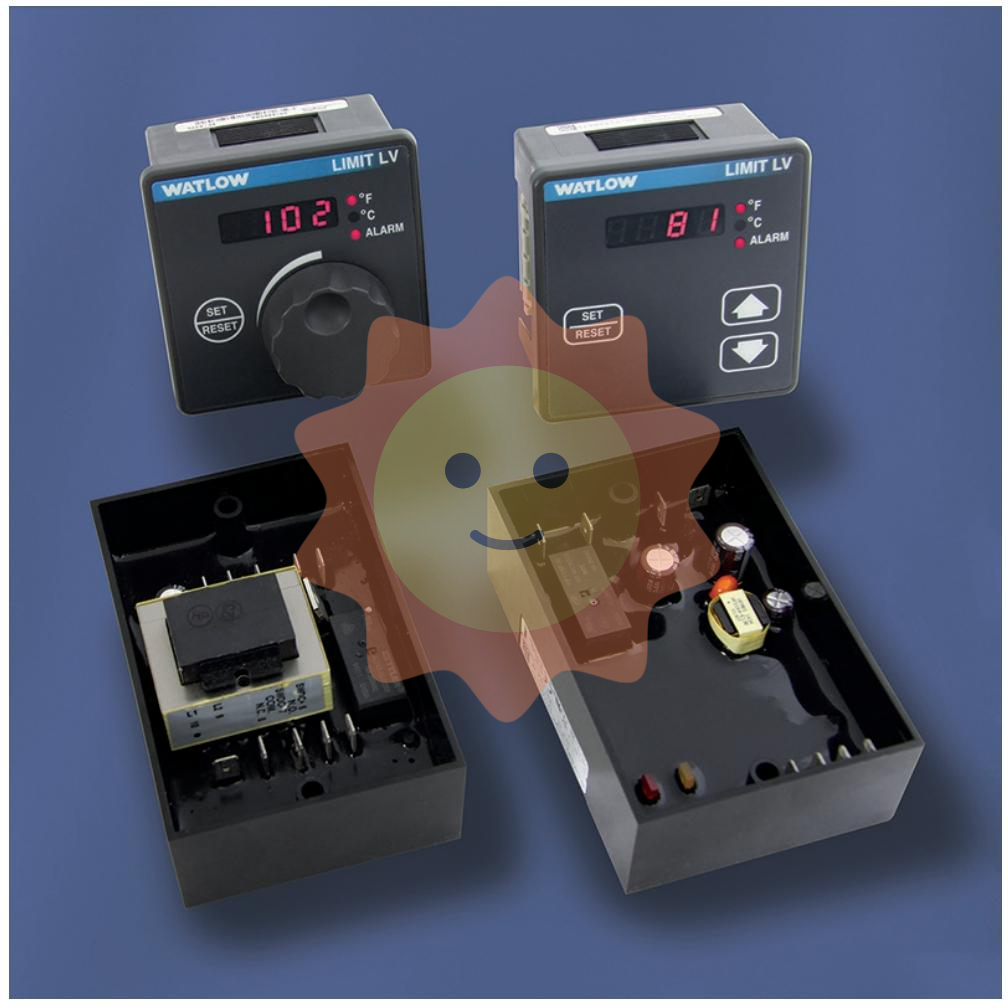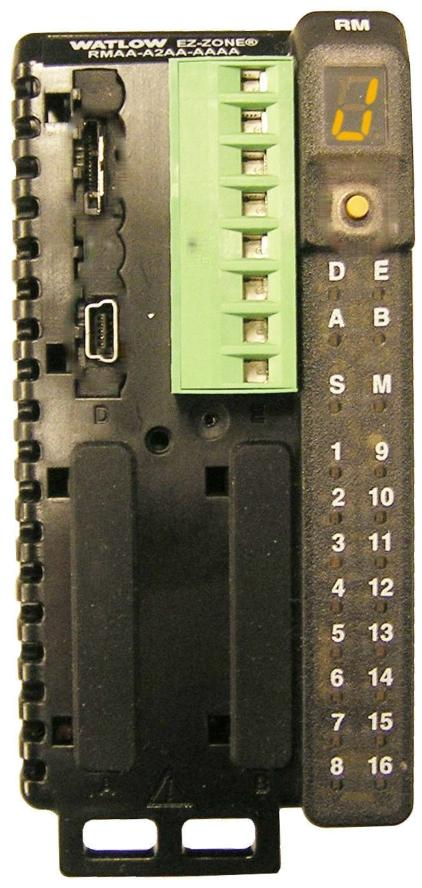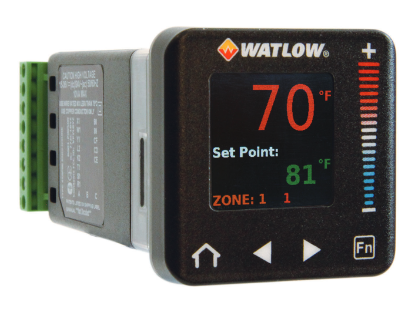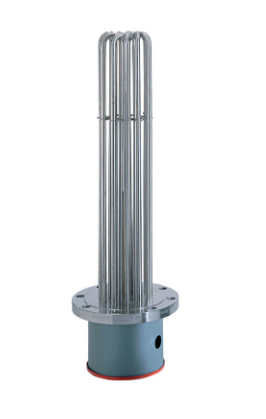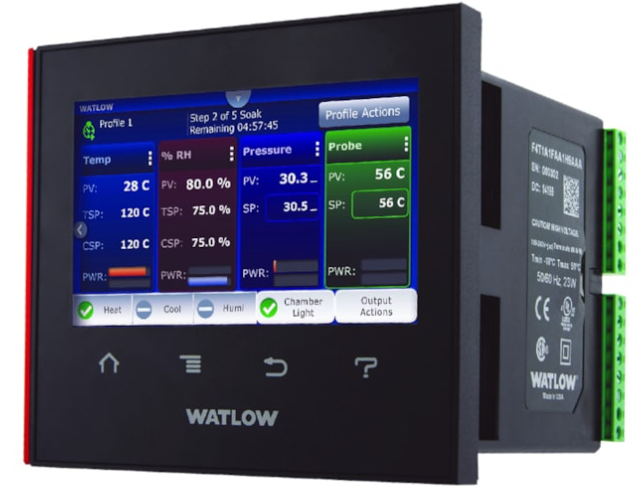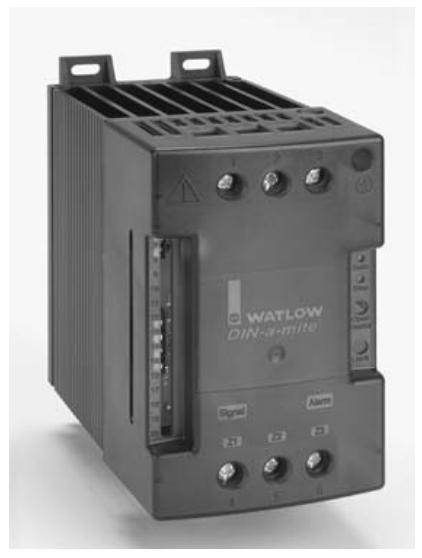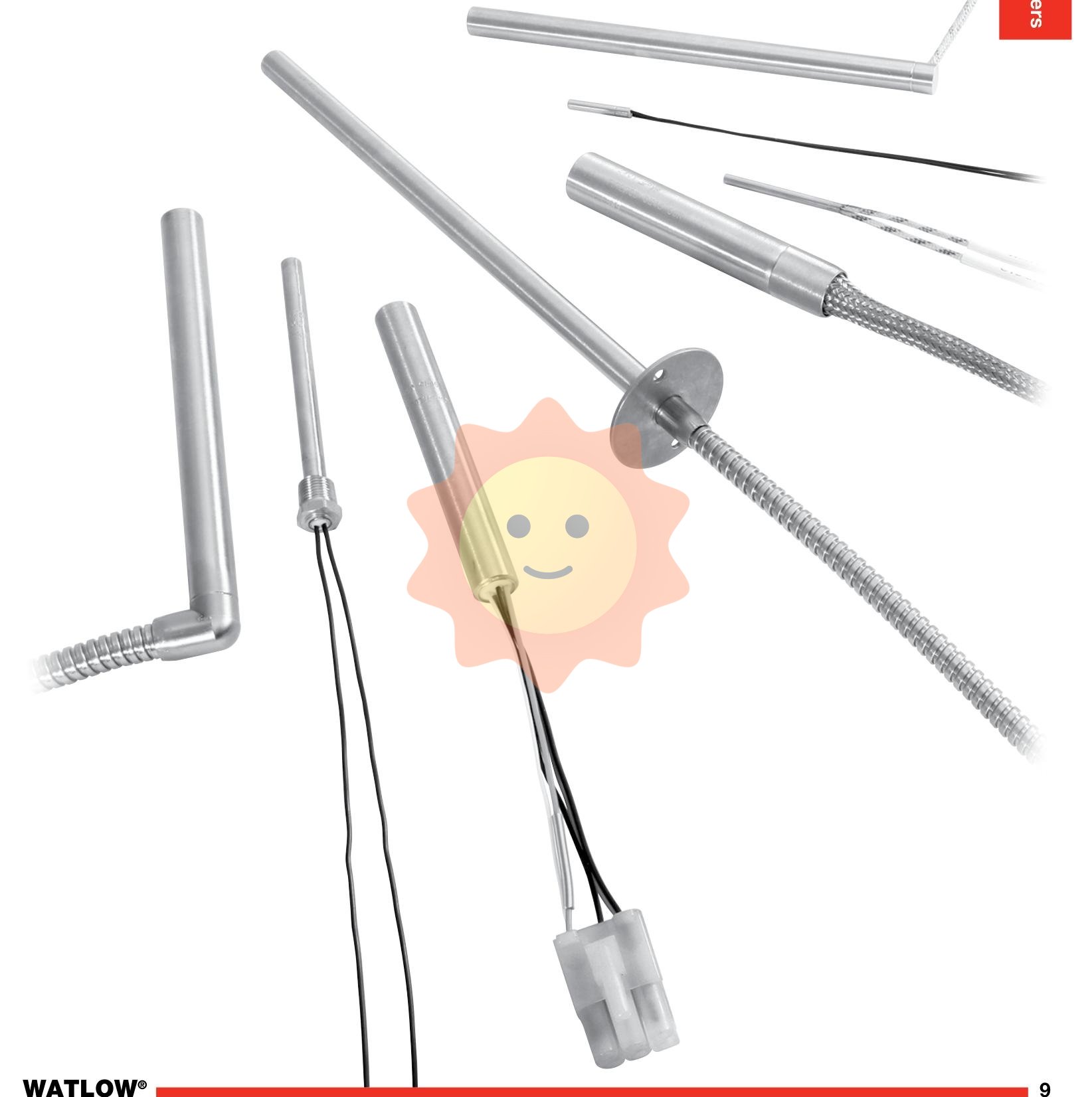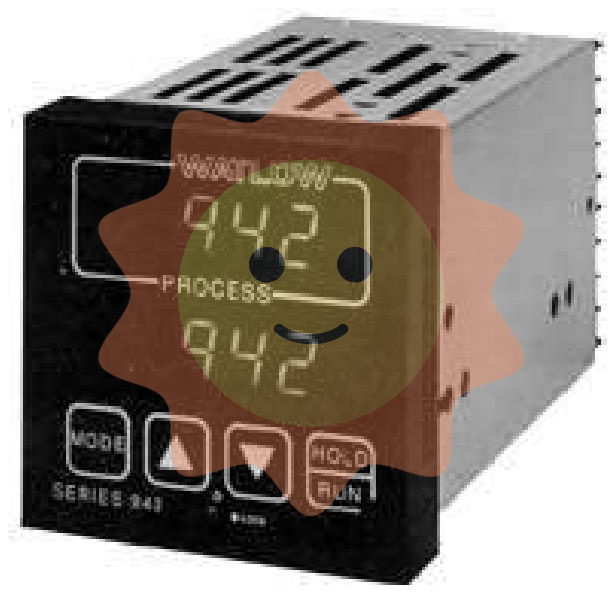ABB NIDI01 Digital I/O Termination Module
Functional Features
Integrated digital I/O function: The module integrates digital input and digital output functions, which can not only receive digital signal inputs from external devices, such as switch signals of sensors, button signals, etc., but also output digital control signals to external devices, such as controlling the switching on and off of relays, contactors, indicator lights and other devices to realize the monitoring and control of industrial field devices.
Signal Processing and Conversion: Filtering, anti-jitter and other processing of the input digital signals to ensure the stability and accuracy of the signals. At the same time, the received digital signals are converted into level signals suitable for internal system processing, or the digital signals inside the system are converted into output signals that meet the requirements of external equipment, in order to realize signal matching and compatibility between different devices.
Diagnostic and Alarm Function: With self-diagnostic function, it is able to monitor its own working status in real time, such as power supply voltage, input and output channel status. When detecting faults or abnormalities, the module will send out corresponding alarm signals, such as lighting up the fault indicator or sending alarm information to the control system through the communication interface, so as to find and eliminate faults in time and improve the reliability and maintainability of the system.
Technical Parameters
Input Parameters
Input Voltage Range: The digital input channels usually support a variety of voltage ranges, such as 5V DC, 12V DC, 24V DC, etc., in order to adapt to different types of sensors and external signal sources.
Input Current: The input current of the input channel is generally small, usually in the milliampere level, to ensure that it will not cause excessive load impact on the external signal source.
Input Response Time: The response time of the input signals is short, usually in the range of milliseconds, which can quickly feed back the state changes of external devices to the control system.
Output Parameters
Output voltage: The output voltage of digital output channel is generally related to the power supply voltage of the module, usually around 24V DC, and has a certain voltage regulation capability to meet the driving voltage requirements of different external devices.
Output current: each output channel can provide a certain output current, usually between 0.5A and 2A, which can drive common industrial relays, contactors, indicators and other devices.
Output Response Time: The response time of the output signal is also short, usually within the range of milliseconds, which can quickly output control signals according to the instructions of the control system to realize timely control of external devices.
Electrical isolation characteristics: electrical isolation technology is usually adopted between the input and output channels as well as between the channels and the internal circuits of the module, and the isolation voltage can generally reach thousands of volts, which effectively prevents the stringing in of external interference signals and the proliferation of internal faults, and improves the system's anti-jamming capability and safety.
Application Fields
Industrial automation production line: widely used in various industrial automation production lines such as automobile manufacturing, machining, food and beverage, electronic equipment manufacturing, etc. It is used to connect and control all kinds of production equipments, such as automated assembly equipments, conveyor belts, robots, automated warehousing equipments, etc., to realize the automated control and monitoring of the production process.
Process control system: in the chemical industry, petroleum, natural gas, electric power, water treatment and other process industries, it is used to control a variety of process equipment, such as pumps, valves, fans, motors, heating furnaces, cooling towers, etc., to achieve precise control and regulation of temperature, pressure, flow, liquid level and other parameters in the production process.
Intelligent building and facility management: In the automation system of intelligent buildings, it can be used to control the operation and monitoring of equipment such as elevators, air-conditioning systems, lighting systems, fire-fighting systems, security systems, etc., so as to realize the intelligent management and energy-saving control of building equipment.

- User name Member Level Quantity Specification Purchase Date
- Satisfaction :
-









Email:wang@kongjiangauto.com

